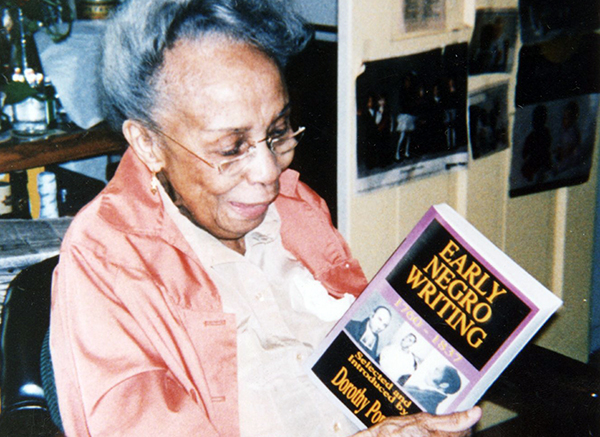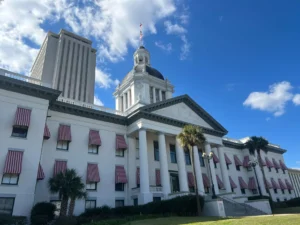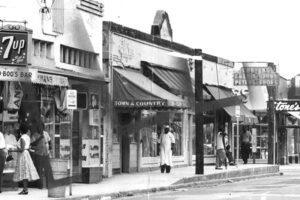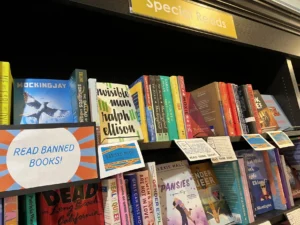 This year marks a significant milestone in celebrating the centennial of the Harlem Renaissance, a pivotal cultural movement of the 20th century. In 1925, Alain Locke, a distinguished professor at Howard University, published The New Negro: An Interpretation, a foundational work that inspired a flourishing of Black creativity and intellectual thought.
This year marks a significant milestone in celebrating the centennial of the Harlem Renaissance, a pivotal cultural movement of the 20th century. In 1925, Alain Locke, a distinguished professor at Howard University, published The New Negro: An Interpretation, a foundational work that inspired a flourishing of Black creativity and intellectual thought.
The Harlem Renaissance was a transformation period in American history. Exercising agency in seeking refuge from Jim Crow in the South, millions of Black Americans sought new opportunity and freedom in northern cities. The Harlem neighborhood in New York City exploded with thousands of new Black residents and became the epicenter of the cultural movement spawned by the generative energy of freedom-seeking. Some of the best and brightest from throughout the South, including Floridians like Zora Neale Hurston, Augusta Savage, and A. Philip Randolph, made their way to Harlem and found outlets for their talents and interests that were not available to them in their native communities.
A defining characteristic of the Harlem Renaissance was its departure from the “white gaze.” Artists and writers focused on authenticity, celebrating Black survival and creative expression rather than conforming to the expectations of white audiences. This shift allowed for a rich diversity of voices and experiences to flourish within the arts.
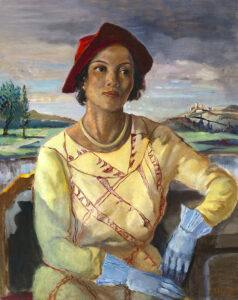
While the contributions of notable creatives are well-known, librarians and collectors played an equally vital role in preserving and promoting this cultural legacy. One such figure was Dorothy Porter Wesley, who dedicated over 40 years to the library at Howard University. Between 1930 and 1973, she significantly contributed to organizing the Moorland-Spingarn Research Center, which holds one of the most comprehensive collections of materials on Black life and culture in the United States.
Wesley’s keen organizational skills helped navigate the classification challenges posed by a system that often lacked a true understanding of Black experiences. Her diligent work ensured that critical literary, historical, and cultural artifacts were preserved for future generations.
Wesley’s importance is further evidenced by the archival legacy housed at Yale University’s Beineke Rare Book and Manuscript Library. Additionally, her personal library was gifted to the African American Research Library and Cultural Center in South Florida in 2001, featuring nearly 3,400 items, including pamphlets and original publications from the Harlem Renaissance. These remarkable pieces will be on display starting February 3rd at the AARLCC’s exhibition, “Reveal the Beauty: The Literature and Art of the Harlem Renaissance.”
This Black History Month, let us celebrate not only the artists of the Harlem Renaissance but also the librarians, like Dorothy Porter Wesley, who have diligently preserved this essential history. Explore their works and reflect on their continued relevance today, ensuring that the legacy of the Harlem Renaissance continues to inspire future generations.
Dr. Tameka Bradley Hobbs is regional manager of the African American Research Library and Cultural Center.

